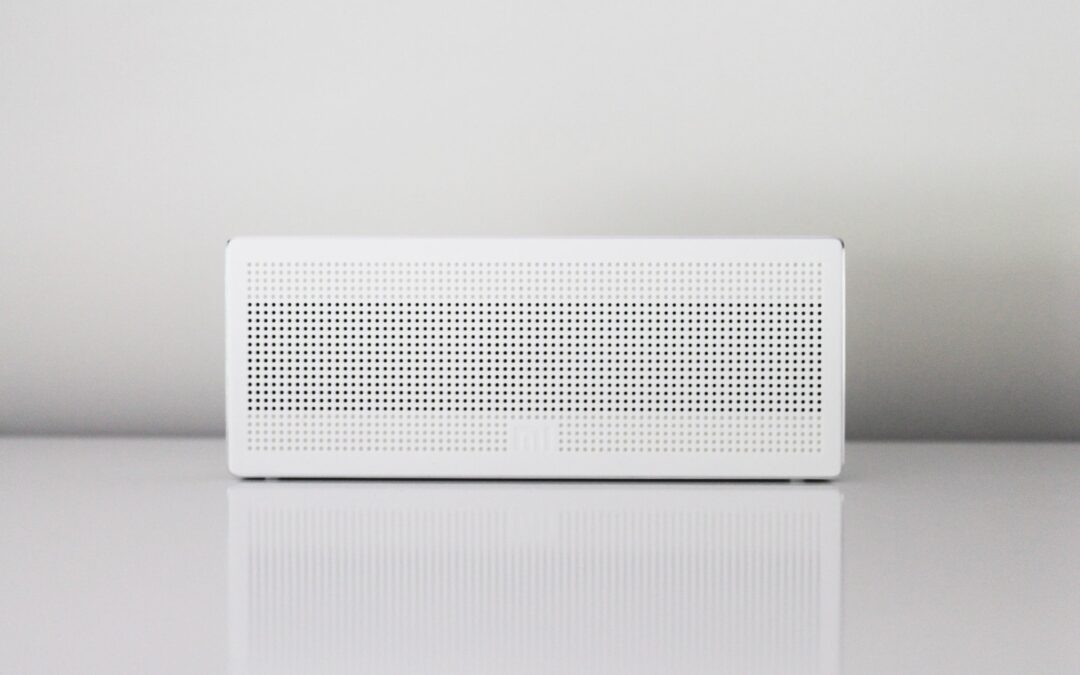Home air conditioning offers welcome relief from the summer heat, but it can also cause your utility bill to soar. Your best cost saving option is to replace your old air conditioning with a new energy efficient system. When shopping for a new system, look for the ENERGYSTAR label and compare EnergyGuide information. Generally, the new models use up to 40% less energy.
However, if new air conditioning doesn’t fit into your budget right now, here are some helpful tips for maximizing the energy efficiency of your present system.
Zoning Options
If you have a central cooling system, use your zoning options to cool only designated areas of the house. Help the process by closing doors and vents to rooms that don’t require cooling.
Smart Ventilation
While this may seem obvious, be sure to close all doors and windows while running your system. Turn the air conditioning off and let fresh air in either at night or early in the morning when the outside air is at its coolest.
Use Fans
Help spread cool air efficiently through your designated rooms by using ceiling fans, portable fans, or both.
Use a Programmable Thermostat
It’s a waste of energy to have the air conditioning running while you’re out of the house for an extended period of time. At the same time, no one wants to come home to an uncomfortably hot house. If you don’t own one, invest in a programmable thermostat you can set to turn your system on 30 minutes before you arrive home.
Be Mindful of Outside Temperatures
Minimize the difference between the outside temperature and your air conditioning to keep costs low. In other words, set the air conditioning at the highest temperature that provides a comfortable indoor climate. Word of caution—if the thermostat is set too low, the air conditioning system can over-cool, create condensation, and freeze up.
Be Mindful of Inside Heat Sources
One thing we commonly overlook is that electronic equipment produces heat. Computers, printers, televisions, ovens, and lights can all contribute to the heat load. Be sure to hit the off switch on any items you’re not using. Energy efficient light bulbs are a great investment as well. Remember to keep any heat sources away from the thermostat to avoid confusing the sensors.
Do a Common Sense System Check
Make sure your inside unit is clear of any blockage including furniture, curtains, or plants. Change the filter at the beginning of the season. Clean dust from your outside unit and make sure the surrounding area is clear of plants and debris to maximize air flow. It can be helpful to shade the outside unit to avoid overheating. Finally, be sure your ducts are intact. Leaks that allow cool air to escape decrease the efficiency of your system and add to your utility costs.


